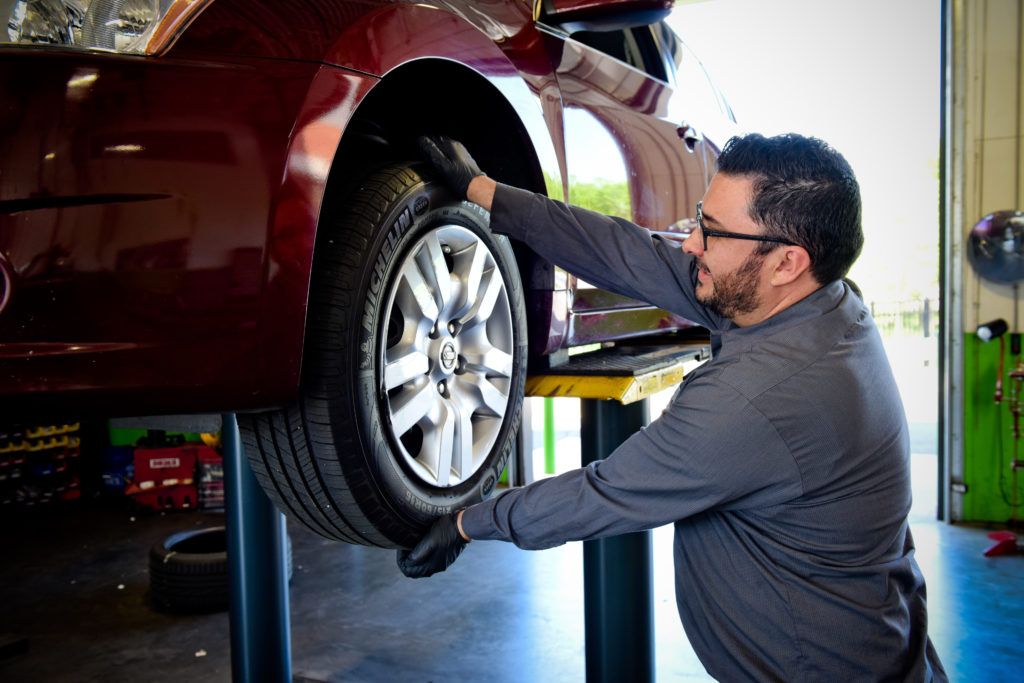Only 11-percent of drivers check their tires’ inflation pressure on a monthly basis, so it stands to reason that an even smaller percentage bother themselves with making sure their tires remain perfectly balanced. But just like correct inflation pressure, regular tire rotations and precise alignment, periodically balancing your tires is a part of proper tire maintenance. When new, during rotation intervals and certainly any time a vibration is detected, your tires should be inspected for proper balance.
With curbed rims, lost counterweights, flat spotting and tire-to-wheel slippage all being common occurrences in everyday driving, it doesn’t take much to disrupt the perfect balance your tire and wheel assemblies had when they were brand-new.
For everything you ever wanted (and needed) to know about balancing, the information below is intended to help you get the best ride quality, longest tread wear and optimum safety out of your tires.
First and foremost, you have to start with a quality tire that possesses sound uniformity. Uniformity refers to how even and round a tire is manufactured. When you combine a tire that has quality uniformity with a good balance job, you’ll benefit from even weight distribution and optimum wear characteristics right from the outset.
You’d be surprised at just how easily a tire can become imbalanced.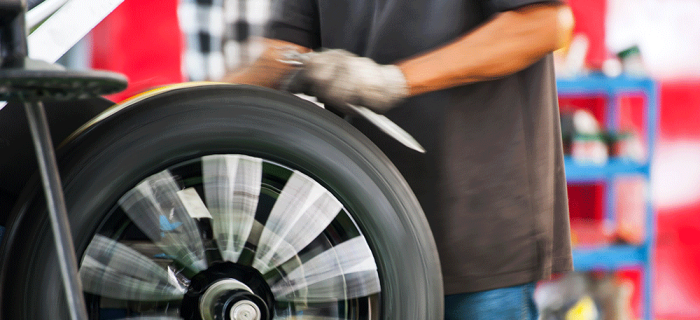 For example, a hard skid in a panic-brake situation can flat spot a tire. With the tire no longer perfectly round, it’s likely to add a vibration to your driving experience. A bent rim or the loss of a counterweight are other common causes of imbalance. Aggressive acceleration or braking can result in tire-to-rim slippage, which also affects balance. Some of the above scenarios aren’t always avoidable in normal driving, which makes it all the more important to check for proper balance anytime you rotate or experience a vibration while driving your vehicle. The photo above was sourced from High Velocity Diesel Performance, whose Ford Excursion was hit by another vehicle and suffered a bent rim (among other damages).
For example, a hard skid in a panic-brake situation can flat spot a tire. With the tire no longer perfectly round, it’s likely to add a vibration to your driving experience. A bent rim or the loss of a counterweight are other common causes of imbalance. Aggressive acceleration or braking can result in tire-to-rim slippage, which also affects balance. Some of the above scenarios aren’t always avoidable in normal driving, which makes it all the more important to check for proper balance anytime you rotate or experience a vibration while driving your vehicle. The photo above was sourced from High Velocity Diesel Performance, whose Ford Excursion was hit by another vehicle and suffered a bent rim (among other damages).
It goes without saying that an imbalanced tire yields uncomfortable ride quality, but in addition to the vibration sensation that typically accompanies an out of balance tire the affected tire’s handling characteristics are compromised as well. This includes steering. All it takes is one half of an ounce of weight difference on any given tire to bring about considerable vibration.
This includes steering. All it takes is one half of an ounce of weight difference on any given tire to bring about considerable vibration.
An out of balance tire can lead to increased and uneven tread wear. This is especially true for tires that are improperly inflated or not regularly rotated. However, excessive tread wear can also be traced back to a poor balance job from the tire shop. If left unchecked, uneven wear can produce vibrations that not only worsen over time, but that also increase the chance of the tire blowing out.
We’ve all passed a vehicle on the interstate that was noticeably equipped with out of balance tires and many of us have even experienced tire imbalance through the steering wheel. There are two primary forms of tire imbalance: static and dynamic. In instances of static imbalance, a vertical vibration or hop is present. Dynamic imbalance entails side-to-side vibration or wobbling (which is distinctly felt in the steering wheel).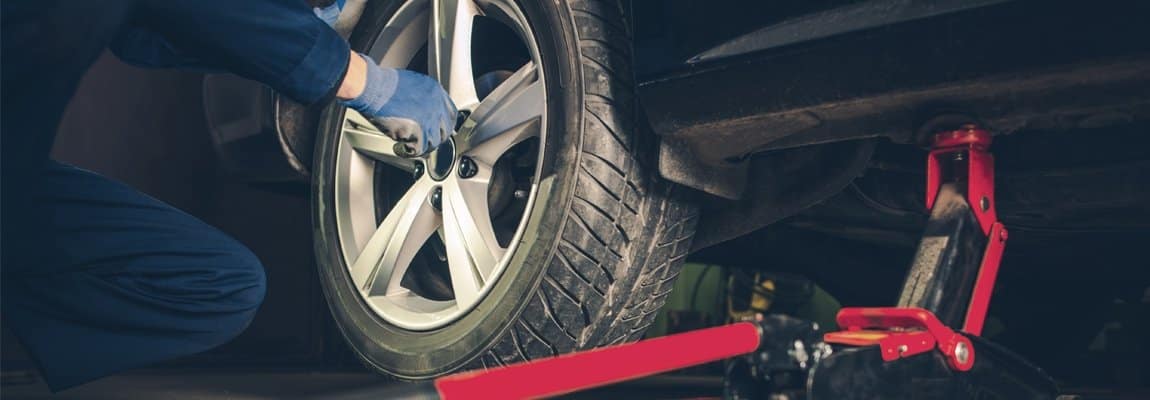 Proper tire balancing can solve and counteract the forces that cause these vibrations, which usually conspire at the same time.
Proper tire balancing can solve and counteract the forces that cause these vibrations, which usually conspire at the same time.
On a balancing machine, your tire professional runs each wheel and tire assembly up to high speed in what’s known as the dynamic balance procedure to pinpoint its heaviest point. From there, clip-on counterweights (measured in ounces) are added to the lip of the wheel to redistribute the weight of the assembly evenly. We’ll note that adhesive counterweights are used when clip-on versions can’t be, but are sometimes used in addition to the traditional clip-on counterweights.
To maintain the aesthetics of certain vehicles with aftermarket wheels, many enthusiasts request that the counterweights be installed on the inboard side of the wheel rather than the outside, so long as precise balance can still be achieved. On wheels void of a lip to accommodate a conventional clip-on counterweight or that have delicate finishes, the aforementioned adhesive counterweights can be employed.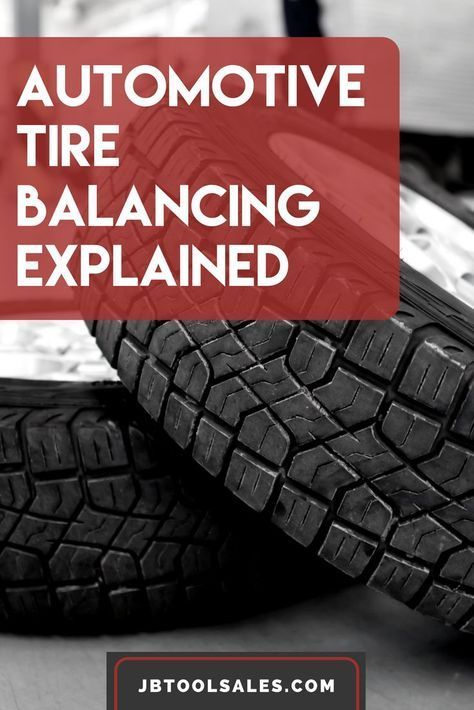
A well-executed balancing procedure leads to equal weight and force distribution across the tire and wheel assembly, which eliminates vibration and results in the smooth, comfortable ride we’re all after when driving. In addition to optimum ride quality, a well-balanced set of tires facilitates even tread wear, maximizes fuel economy and leads to a safer, more stable overall driving experience.
This is the one most folks either overlook completely or hardly ever inquire about. For the majority of the tires rolling across America, they’re balanced once in their lifetime. However, proper tire maintenance dictates that tires should be inspected and re-balanced if necessary at each rotation interval. And at the very least, they should be checked for imbalances any time you experience a vibration.
It’s important to know that just because you don’t feel a vibration in the steering wheel doesn’t mean there isn’t one.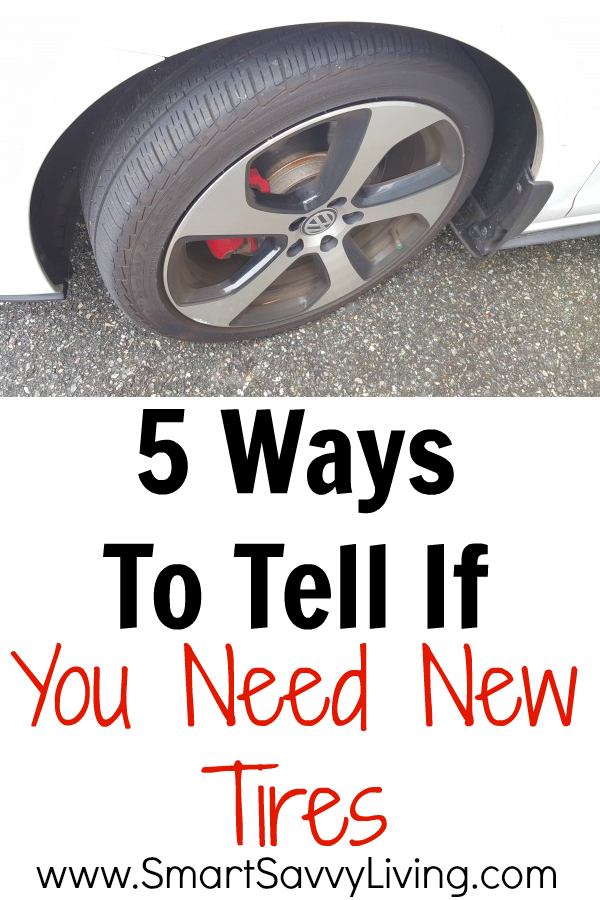 When a tire is out of balance on a minute level, it can be hard to detect by the seat of your pants. Regular trips onto the balancing machine can catch an imbalance before it becomes a bigger problem. We know you’re busy, but it only takes a few minutes for a competent tire technician to perform a balance test. Think of it as a quick adjustment, an adjustment that will protect your tire investment by making them last as long as you expect them to. Of course, ensuring your tires remain perfectly in balance will guarantee you continue to enjoy a smooth ride and optimal handling as well.
When a tire is out of balance on a minute level, it can be hard to detect by the seat of your pants. Regular trips onto the balancing machine can catch an imbalance before it becomes a bigger problem. We know you’re busy, but it only takes a few minutes for a competent tire technician to perform a balance test. Think of it as a quick adjustment, an adjustment that will protect your tire investment by making them last as long as you expect them to. Of course, ensuring your tires remain perfectly in balance will guarantee you continue to enjoy a smooth ride and optimal handling as well.
In case you were wondering, there’s a lot more to rotating your tires than meets the eye. Learn about your specific vehicle’s proper inflation pressure, rotation pattern and the best way to keep tabs on tread wear right here.
Your tire’s “balance” is the weight distribution in each wheel or tire of a vehicle. If the balance of your tires is off, you will start to notice a vibration or wobble at higher speeds. If the wobble is particularly pronounced, it can become dangerous and any vibration through the tires will increase the rate at which they wear. So what causes unbalanced tires and how often should you have them rebalanced?
If the balance of your tires is off, you will start to notice a vibration or wobble at higher speeds. If the wobble is particularly pronounced, it can become dangerous and any vibration through the tires will increase the rate at which they wear. So what causes unbalanced tires and how often should you have them rebalanced?
The leading cause of unbalanced tires is simple wear and tear, but it’s not the only possible reason that your tired might become unbalanced. Driving with poor tire alignment can cause your tires to become unbalanced, as can damaged wheels or bent rims. Unless all four tires are unbalanced, you can normally identify where the imbalance is by where the vibration is coming from. If the front tires are imbalanced, then the vibration will be in the steering wheel. If the rear tires are unbalanced, then you will feel the vibration through your seat, particularly if you sat in the back.
The vibration, or wobble, from unbalanced tires will grow over time to the point where it can make your car difficult to steer properly, potentially causing an accident. The vibration from unbalanced tires can also damage your car. Your tires will wear down faster and, if the problem is allowed to continue, it will eventually damage your shocks, bearings and even the entire wheel assembly. This damage is not only dangerous, it can be very costly to fix in the long run.
The vibration from unbalanced tires can also damage your car. Your tires will wear down faster and, if the problem is allowed to continue, it will eventually damage your shocks, bearings and even the entire wheel assembly. This damage is not only dangerous, it can be very costly to fix in the long run.
If you notice any of the symptoms of unbalanced tires you should take steps to rectify the situation immediately. Not doing so could put you and your passengers at risk. The best way to avoid this risk is to prevent the situation from happening in the first place. A good rule of thumb is that your tires should be rebalanced every 12,000 miles driven or every other time your tires are rotated. Having your tires rebalanced as part of tire rotation is a quick and easy process that could save you from costly repairs in the future.
Northwest Driving School and Traffic School provides the Las Vegas community with live driving and traffic classes taught by seasoned instructors. All of our driving instructors have passed background checks, each automobile is DMV safety-approved and every member of the Northwest family is committed to providing excellent drivers ed and behind the wheel instruction.
All of our driving instructors have passed background checks, each automobile is DMV safety-approved and every member of the Northwest family is committed to providing excellent drivers ed and behind the wheel instruction.
At Northwest, you can expect to find outstanding classes, both on campus and behind the wheel, that are engaging, fact-filled, entertaining and geared toward success. We make no bones about it, we believe that Northwest provides the best driving lessons in Las Vegas, no matter your age or background. We are proud of the fact that 98% of our students pass their test on the first try. Call us at (702) 403-1592 to start your driving adventure with one of our expert instructors.
Written by:
Rich Heinrich
Master Instructor, Emeritus
Lack of wheel balance is not only a deferred suspension expense and premature tire wear, but also a potential threat to safe driving. Wheel wobble leads to uneven "eating" of the tire, vibrations on the steering wheel, which are more felt with increasing speed.
Wheel wobble leads to uneven "eating" of the tire, vibrations on the steering wheel, which are more felt with increasing speed.
However, once done balancing is not something eternal. Poor road surface, long-term storage, errors in operation lead to wheel imbalance. Winter and summer tires on two sets of discs do not save here.
Regardless of the operating options, the answer here is unambiguous: yes, balancing is needed.
Consider the option with two sets of rubber on the disks.
After leaving the winter, the driver sends the winter set for storage in the garage or on the balcony. The wheels will only return to the car closer to the next first snow. During the operation, the wheel with a high degree of probability flew into the pit more than once, it is possible that the tire was not inflated in time, it was operated in modes not intended for it. All this can lead to loss of weights, a slight change in tire weight, but enough to upset the balance of the wheel.
Tire manufacturers recommend balancing every 10-15 thousand km. Each driver has his own driving mode, so these recommendations are quite difficult to follow. It is better to check and balance before the start of the season.
At the expense of winter studded tires, there is a special opinion that the mileage until the next check is 5 thousand km. The reason is the flying spikes and increased loads on the wheel, which are formed due to adhering ice.
It is also recommended to balance after a puncture or cut has been repaired, after a serious blow.
The quality of work is influenced, first of all, by the equipment. Both the level of the stand and its wear are important here.
The best results are given by computer-controlled stands.
Such equipment makes it possible to balance discs using a system of spaced weights, even for wheels with a large imbalance.
Stands can be calibrated to different accuracy: 1, 5, 10 grams. Most often, 5-gram precision is used. This is quite enough to achieve good results for a wide range of car tires.
Most often, 5-gram precision is used. This is quite enough to achieve good results for a wide range of car tires.
10 grams do not give such accuracy, but for lack of a better one, it is quite sufficient. Calibration of the machine by 1 gram is necessary for vehicles operated at high speeds.
However, no matter how modern the equipment is, over time, wear and tear of the elements occurs. Most often, wheel mounts are produced, which introduces errors into balancing. Stand bearings become unusable less often. If the bearing is damaged, there are beats in it. This situation leads to inadequate sensor readings and imbalance.
6000 rub
8500 rub
9000 rub
Most car owners, having once balanced the wheels in a tire shop, mentally “check the box” in front of the corresponding list of operations necessary for the car and forget about this topic.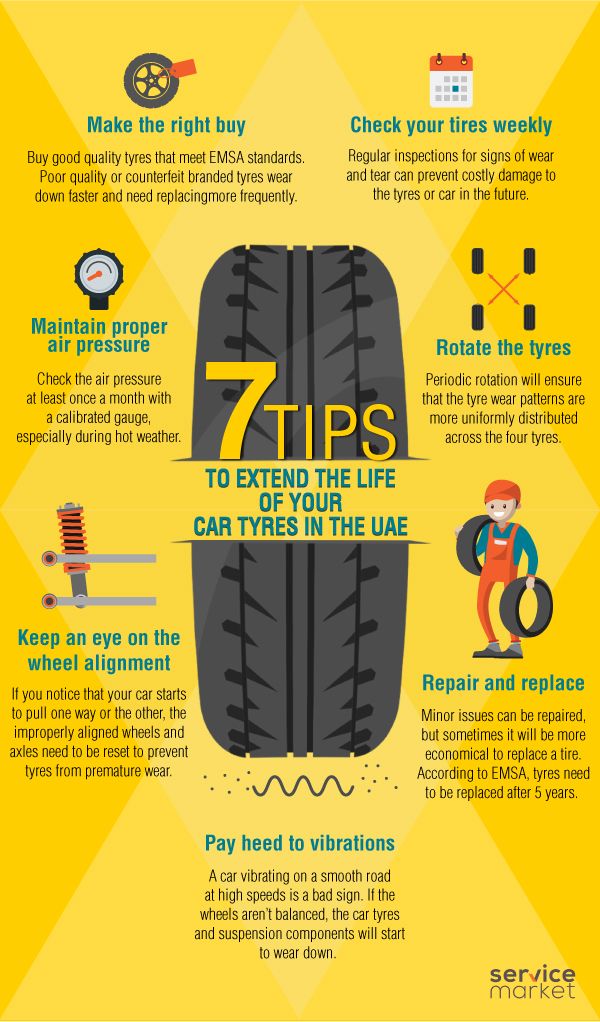 But in vain.
But in vain.
Maxim Stroker
Let's say right away that car owners, who change tires seasonally on the same discs every autumn and spring, in most cases do not have to think about preventive wheel balancing. With their rubber, this operation is carried out at each visit to the tire shop. Another thing is if a person, for example, drives the same “all-weather” all year round. Or the car owner has two seasonal sets of wheels mounted on disks.
Recall that balancing is the operation of moving the center of mass of the wheel to its geometric center on the axis of rotation. To do this, the service employee attaches weights of the required weight to the disk of the assembled wheel in the places determined using the balancing stand. Over time, these metal patches can fall off. Tires wear unevenly. Each puncture in rubber means an extra patch on its inner surface or a tourniquet inserted into the tread. The disk itself can bend when it hits the hole.
All these factors significantly shift the center of gravity of the wheel. Its shift leads to the appearance of beats and vibrations on the go. The suspension, the steering system suffer from this, the wheel itself begins to wear unevenly even at speeds when the driver does not feel much discomfort on the steering wheel. The approximate frequency with which it is recommended to resort to preventive wheel balancing is calculated in kilometers.
Its shift leads to the appearance of beats and vibrations on the go. The suspension, the steering system suffer from this, the wheel itself begins to wear unevenly even at speeds when the driver does not feel much discomfort on the steering wheel. The approximate frequency with which it is recommended to resort to preventive wheel balancing is calculated in kilometers.
Approximately every 10,000-15,000 km. it is worth visiting a tire shop and checking the balance, since obvious beating, as the main sign of imbalance, can only be felt for the front wheels. In this case, at a certain speed, the steering wheel starts to shake frantically. The rear axle is not connected to the steering wheel, and therefore it is much more difficult to notice that something is wrong with it.
Thus, if the car rolls more than 15,000 km per season on one set of tires, it is highly recommended to call the tire shop after reaching this mileage. For fans of all-weather tires, this recommendation applies in the same way, only without reference to the time of year.